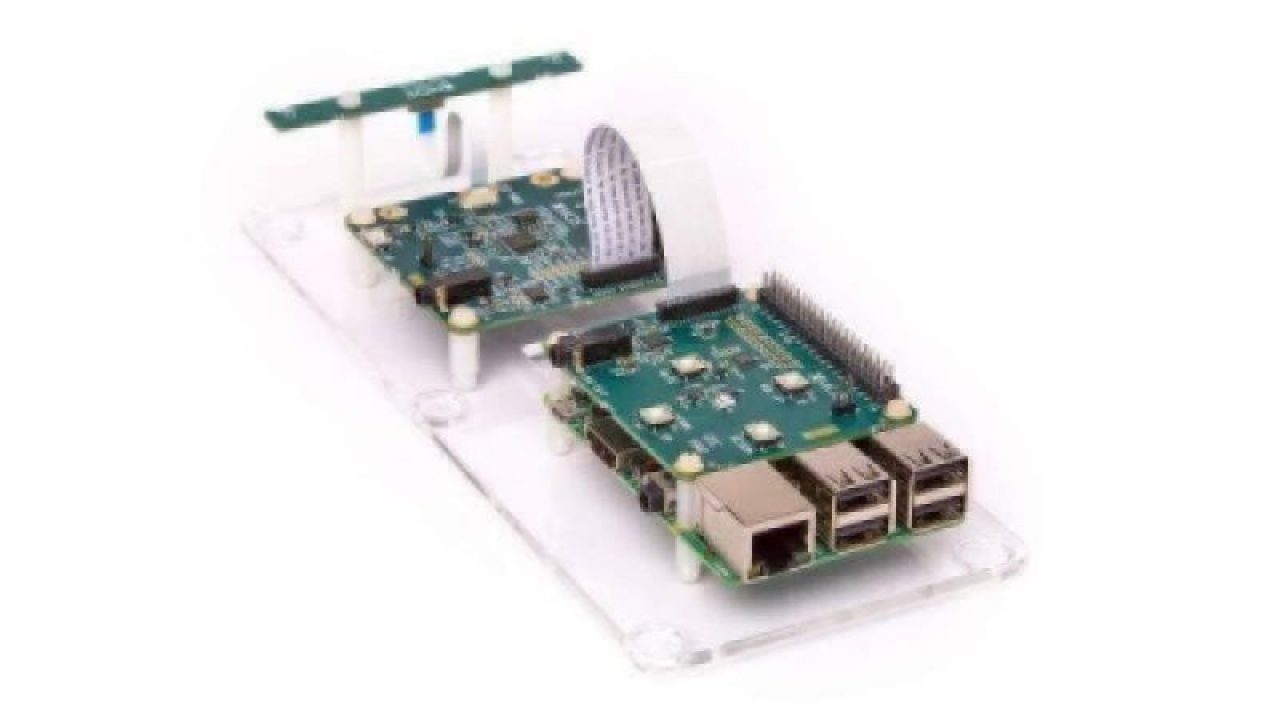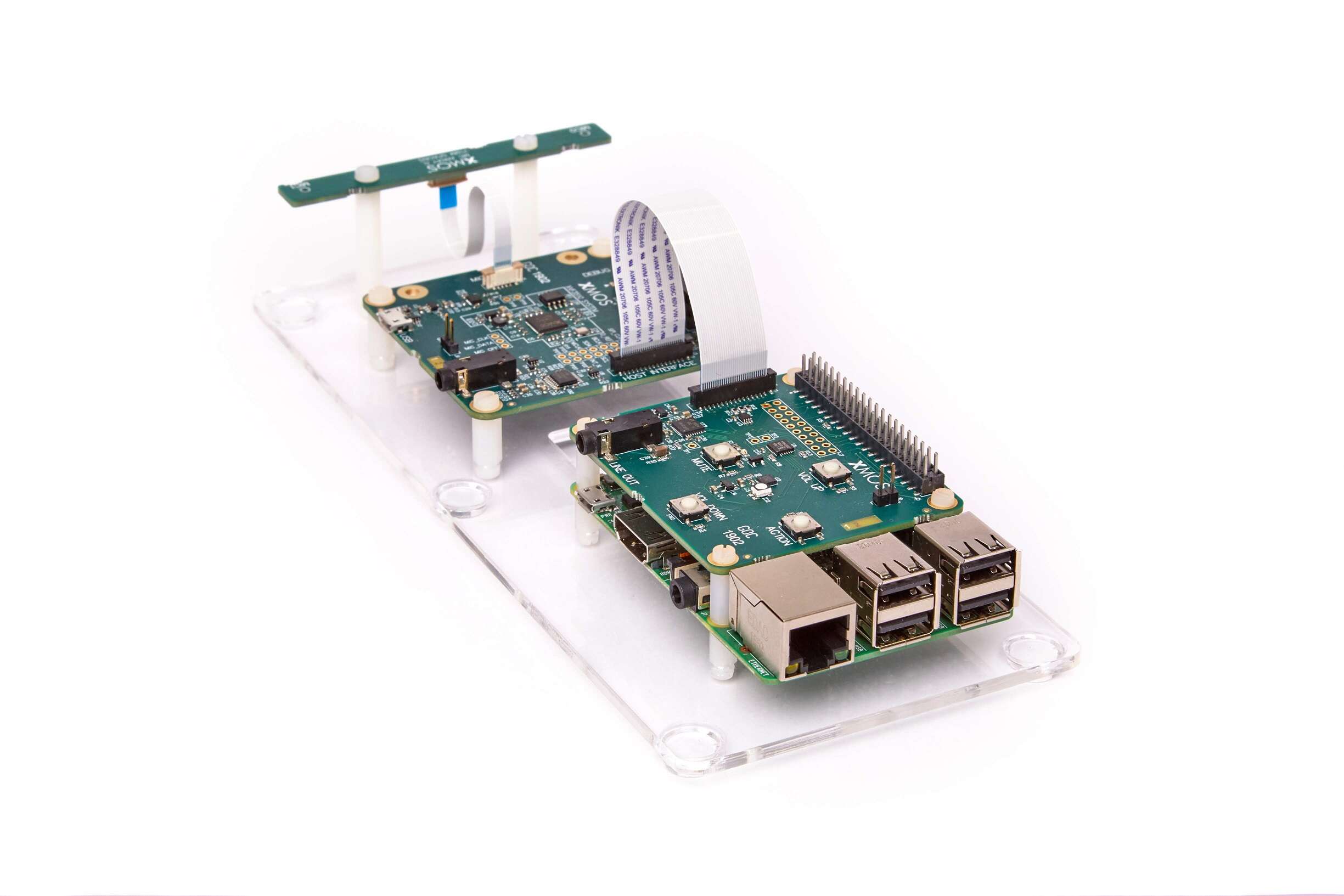Startup Raises $19M to Take-On AIoT Market
Article By : Sally Ward-Foxton

Far-field voice interface company will add AI inference features to Xcore platform.
LONDON — Xmos has extended its Series E funding round, raising an additional $19 million. The funds will be used partly as working capital, including for production ramping of products such as the XVF3510 2-mic voice interface, but also to develop the company’s product roadmap for the AIoT (artificial intelligence of things) sector. The company said it will also expand its Hong Kong office to better serve global OEMs.
This latest round of funding is a combination of equity funding from existing investors and a venture debt facility with Harbert European Growth Capital.
Venture debt is intended to help later-stage start-ups, like 14-year-old Xmos, gain access to capital without diluting value for its existing shareholders. Explaining the decision to use a venture debt facility, Xmos’ CEO Mark Lippett said that there is a current trend for companies to stay private for longer, and as start-up companies become more established, debt becomes more attractive than equity funding.

Mark Lippett (Image: Xmos)
“Venture debt is typically provided by companies who understand the business, like a venture capitalist would,” said Lippett. “Because you have to pay the money back, you don’t receive the dilution that an equity investor would bring. So it’s a question of when your business gets to the point where there’s not quite as much risk, then [venture debt] is appropriate to optimise shareholder value.”
Xmos is a fabless semiconductor company with its own proprietary microcontroller architecture. The company spun out of the University of Bristol in 2005, securing Series A funding in 2007. Alongside voice processor chips, the company also provides software and development kits for OEMs that want to add voice interfaces to their devices.
While Xmos’ technology has been used in various applications, it refocused its offering around voice processing in 2014.
“Over the last few years we’ve been focusing on voice, but the vision of the business goes way beyond voice,” Lippett said. “We’re looking at voice as a cornerstone to a broader intelligence at the edge, AIoT [strategy].”
The company is still strongly focused on edge devices such as consumer electronics and appliances, where it currently supplies voice interface technology, including classifiers and neural networks for keyword recognition. Lippett said that Xmos’ offering will “broaden into a dictionary or key phrase [recognition] in due course as we start to penetrate those markets where cloud connectivity isn’t a given.”
“The key thing is that the majority of the AI workload in these devices is typically voice related,” Lippett said. “Our overall strategy is to become established as a company capable of delivering voice solutions, and then to broaden that out into a more inclusive AIoT story.”
Xmos is planning to release a third generation of its silicon platform, which is based on its Xcore architecture, “shortly,” according to Lippett.
“We are still working on our architecture and the Xcore, we’re adding features to it which make the processing of artificial intelligence workloads, primarily for inference and classification, much more efficient,” Lippett said. “The Xcore with this new capability will make a very compelling proposition for intelligence at the edge, intelligence that’s delivered in an integrated solution that is economical enough to deploy.”

Xmos development kit for 2-mic Amazon Voice Service systems, based on XVF3510 voice processor (Image: Xmos)
AI accelerator unicorn Graphcore spun out of Xmos in 2016, with former Xmos CEO Nigel Toon at the helm. While Xmos may be moving into processing AI workloads, its market segment is so different from cloud-focused Graphcore that there is little danger of the two companies eventually competing, Lippett said.
“There’s very different trade off at the very edge to the sorts of trade offs you’re making in the cloud where you’re cranking the performance as much as you possibly can,” he said. “Xcore throughout its entire life has been targeted towards [edge] devices… the capabilities that we’re building into the Xcore are primarily about inference and classification, and particularly, making the very most out of a very economical platform. Because at the end of the day, the value drivers on the device side are still the same. You’ve got to provide the features that give the user a compelling solution, but you’ve got to do it at an affordable price point.”
Subscribe to Newsletter
Test Qr code text s ss


